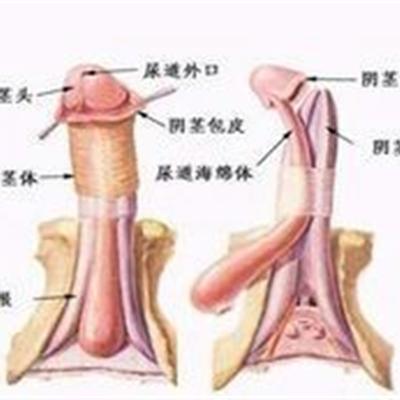What are the incubation symptoms of avian influenza?
summary
When the seasons change, it will be exposed that there are diseases. Recently, the emergence of avian influenza makes many people feel very worried. How long is the incubation period of avian influenza, what are the sources of infection and what are the clinical manifestations of avian influenza? Let's look at the content of the article.
What are the incubation symptoms of avian influenza?
Avian influenza, like other influenza, has a certain incubation period. At present, the longest incubation period of avian influenza is seven days. In these seven days, there will be fever, cough and other symptoms, which is not different from other colds. Therefore, in the high incidence period of avian influenza, if you have similar symptoms, you must go to a doctor for examination. You can't take cold medicine at will.

If the incubation period of avian influenza has passed, but there is no relative treatment, once the disease breaks out, the speed is very fast, and the patient may have a high fever for several days in a row. However, if he does not go to the hospital for treatment in this qualified period, it will lead to dyspnea, Severe deterioration can lead to shock or even death.

During the outbreak of avian influenza, the high-risk groups, especially the elderly and children, should pay attention to less going to densely populated places and avoid contacting live birds. If there are signs of avian influenza, you must go to the hospital for treatment within the incubation period of one week. The earlier you receive medical treatment, the more likely it will be cured.

matters needing attention
The incubation period of human infection with h7n9 avian influenza is generally within 7 days. Patients usually present with influenza like symptoms, such as fever, cough, less sputum, headache, muscle soreness and general discomfort. Severe patients developed rapidly, manifested as severe pneumonia. Most of them had body temperature above 39, dyspnea and hemoptysis; Acute respiratory distress syndrome, mediastinal emphysema, sepsis, shock, disturbance of consciousness and acute kidney injury can be rapidly developed.









